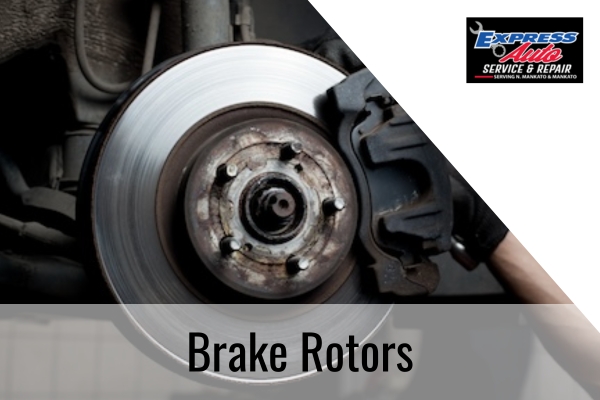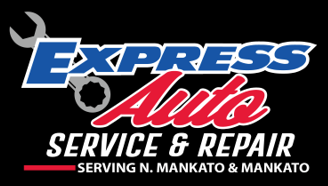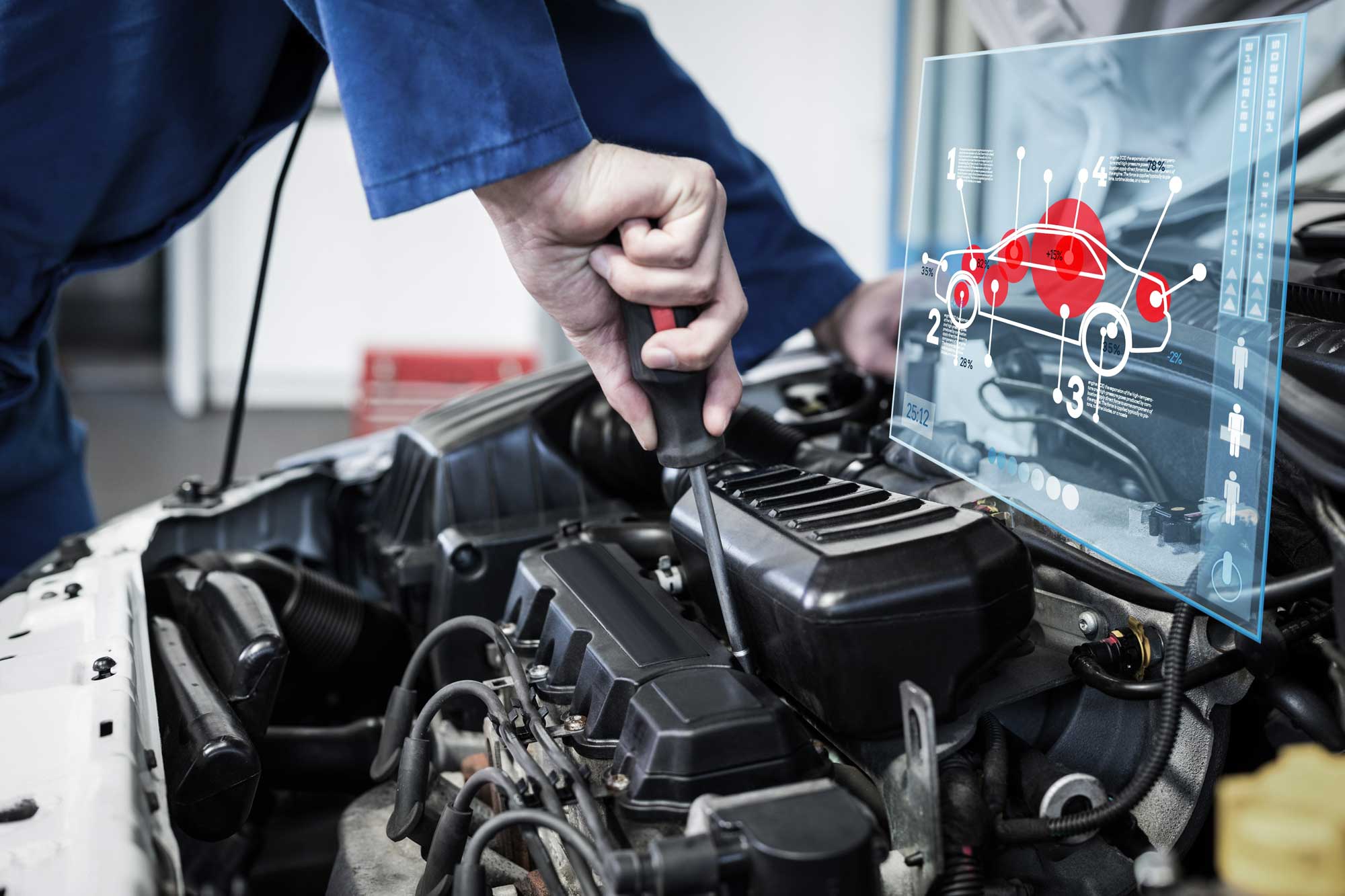Understanding how to tell when brake rotors need to be replaced is one of the most important pieces of information a car owner should possess. Your rotors ensure you have reliable stopping power, and maintaining them correctly can help you avoid expensive repairs. The benefits of well-maintained rotors include:
- Boosted braking performance
- Extended vehicle life
- A smoother overall driving experience
The tell-tale signs that you may need rotor replacement are:
- Grinding/squealing noises
- Your vehicle pulls to one side when you stop
- Extended stopping distances
- You physically see grooves on the rotors
Vehicle Type Plays a Key Factor
Heavier vehicles like SUVs and pickup trucks require brake pads and rotor replacement more frequently than lighter models. This is because more braking force is needed to slow down and stop these types of vehicles.
How You Use Your Vehicle
Understanding how to tell when brake rotors need to be replaced also requires you to consider the way you use your vehicle. If you frequently use your vehicle to haul heavy loads, drive in difficult weather conditions, or use it on rough terrain, your rotors will likely need to be replaced more often.
Your Personal Driving Style
Personal driving style is also a factor to consider regarding brake rotor replacement. If you drive fast or engage in a lot of aggressive braking, your rotors wear out more quickly than if you drive and brake more conservatively. Aggressive driving causes increased heat and stress on your braking system, potentially leading to the need for replacement of parts like rotors.
Other Brake Parts That May Need to Be Replaced
Additional parts that may need to be replaced alongside your rotors are:
- Brake pads
- Caliper piston seals/sliding pins/assembly
- Flexible brake hoses
- Anti-squeal clips
Have more questions about how to tell when brake rotors need to be replaced? Contact our ASE-certified technicians at Express Auto Service & Repair for more information about brake pads and to schedule an appointment. Our auto shop serves vehicle owners in Mankato, MN, and the neighboring communities of North Mankato, MN, New Ulm, MN, and St. Peter, MN.

Understanding how to tell when brake rotors need to be replaced is one of the most important pieces of information a car owner should possess. Your rotors ensure you have reliable stopping power, and maintaining them correctly can help you avoid expensive repairs. The benefits of well-maintained rotors include:
- Boosted braking performance
- Extended vehicle life
- A smoother overall driving experience
The tell-tale signs that you may need rotor replacement are:
- Grinding/squealing noises
- Your vehicle pulls to one side when you stop
- Extended stopping distances
- You physically see grooves on the rotors
Vehicle Type Plays a Key Factor
Heavier vehicles like SUVs and pickup trucks require brake pads and rotor replacement more frequently than lighter models. This is because more braking force is needed to slow down and stop these types of vehicles.
How You Use Your Vehicle
Understanding how to tell when brake rotors need to be replaced also requires you to consider the way you use your vehicle. If you frequently use your vehicle to haul heavy loads, drive in difficult weather conditions, or use it on rough terrain, your rotors will likely need to be replaced more often.
Your Personal Driving Style
Personal driving style is also a factor to consider regarding brake rotor replacement. If you drive fast or engage in a lot of aggressive braking, your rotors wear out more quickly than if you drive and brake more conservatively. Aggressive driving causes increased heat and stress on your braking system, potentially leading to the need for replacement of parts like rotors.
Other Brake Parts That May Need to Be Replaced
Additional parts that may need to be replaced alongside your rotors are:
- Brake pads
- Caliper piston seals/sliding pins/assembly
- Flexible brake hoses
- Anti-squeal clips
Have more questions about how to tell when brake rotors need to be replaced? Contact our ASE-certified technicians at Express Auto Service & Repair for more information about brake pads and to schedule an appointment. Our auto shop serves vehicle owners in Mankato, MN, and the neighboring communities of North Mankato, MN, New Ulm, MN, and St. Peter, MN.


